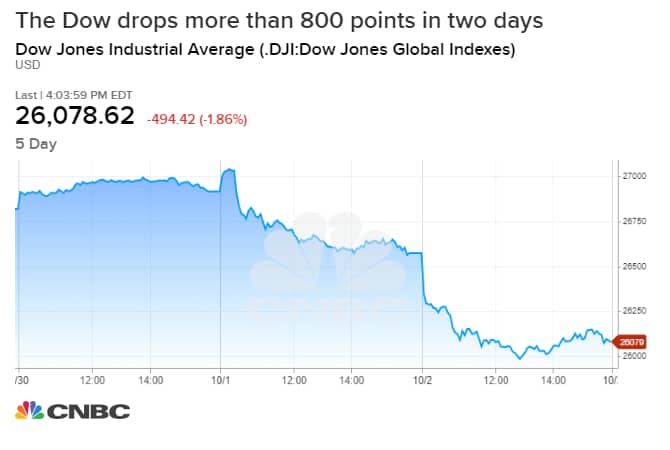
These days, a growing number of Americans are extending their careers and retiring during their 70s, or even beyond. And there are plenty of good reasons to work longer, like boosting your savings, maintaining a social life, and, in some cases, staying in better physical shape.
Of course, many people don’t want to wait that long to retire, especially with all of the health-related unknowns that go hand-in-hand with aging. But unfortunately, retiring in your 60s isn’t a given.
Or is it? A good 62% of younger workers are confident they’ll manage to leave the workforce by age 65 or earlier, according to TD Ameritrade’s 2019 Retirement Pulse Survey. If you have a similar goal, here are a few important steps on the road to achieving it.
1. Know where your money is going
Although 62% of millennials feel they’re capable of retiring early, 66% admit that they need to catch up on their retirement savings. And while there are several factors contributing to younger workers’ shortage, one commonly cited reason is spending too much on housing.
If your goal is to retire on time or on the early side, you’ll need to get on board with the idea of not maxing out each paycheck you get on living expenses. To this end, set up a budget and identify what you’re overspending on at present. Maybe it’s housing, or maybe it’s something else, like transportation, food, or entertainment. The key, either way, is to understand where your money is going, and find ways to curb that spending so you’re able to free up cash for your nest egg.
2. Start saving (very) early in life
The more time you give yourself to build retirement savings, the more opportunity you’ll give your money to grow. Imagine you’re able to sock away $300 a month. That may not seem like much, but with a long enough savings window, it can grow into quite a substantial sum, as the following table shows:
| Start Saving $300 a Month at Age: | And You’ll Have This Sum by Age 65 (Assumes a 7% Average Annual Return): |
|---|---|
| 20 | $1.03 million |
| 25 | $719,000 |
| 30 | $498,000 |
| 35 | $340,000 |
| 40 | $228,000 |
You can’t help marveling at that $1.03 million above, especially when you consider that it comes at an out-of-pocket cost of just $162,000. And that’s why saving at an early age is crucial. The older you are when you start, the less growth you’ll benefit from. And if you’re wondering how it’s possible to start saving for retirement at age 20 — an age when many people haven’t yet graduated college — the answer boils down to a summer job and working part-time during your studies.
3. Invest aggressively
In the preceding example, we saw that $162,000 could magically turn into $1.03 million over time. Well, it’s actually not magic; it’s compounding coupled with a healthy return on investment. The 7% average annual return used above is a reasonable assumption for a stock-heavy portfolio. But if you invest your retirement savings too conservatively by loading up on bonds instead, or, worse yet, keeping much of your money in cash, you’ll limit your investment growth and end up with a lot less wealth to your name.
Here’s what the above table looks like when we apply a 3% return instead of 7%:
| Start Saving $300 a Month at Age: | And You’ll Have This Sum by Age 65 (Assumes a 3% Average Annual Return): |
|---|---|
| 20 | $334,000 |
| 25 | $271,000 |
| 30 | $218,000 |
| 35 | $171,000 |
| 40 | $131,000 |
You can’t help noticing the stark — and not so favorable — difference. The takeaway? Don’t play it too safe with your retirement portfolio. If you do, retiring on time may not happen.
It’s encouraging to see that most millennials think they’ll retire by 65, if not earlier. If that sounds good to you, keep tabs on your spending, start funding your nest egg as early on as possible, and invest your savings wisely. With any luck, that combination will allow you to leave the workforce when you want to.























